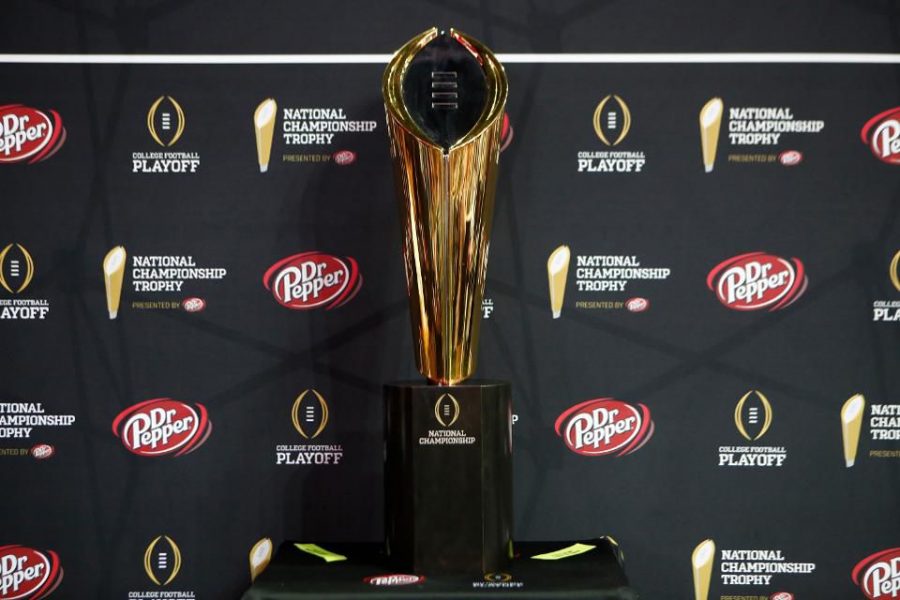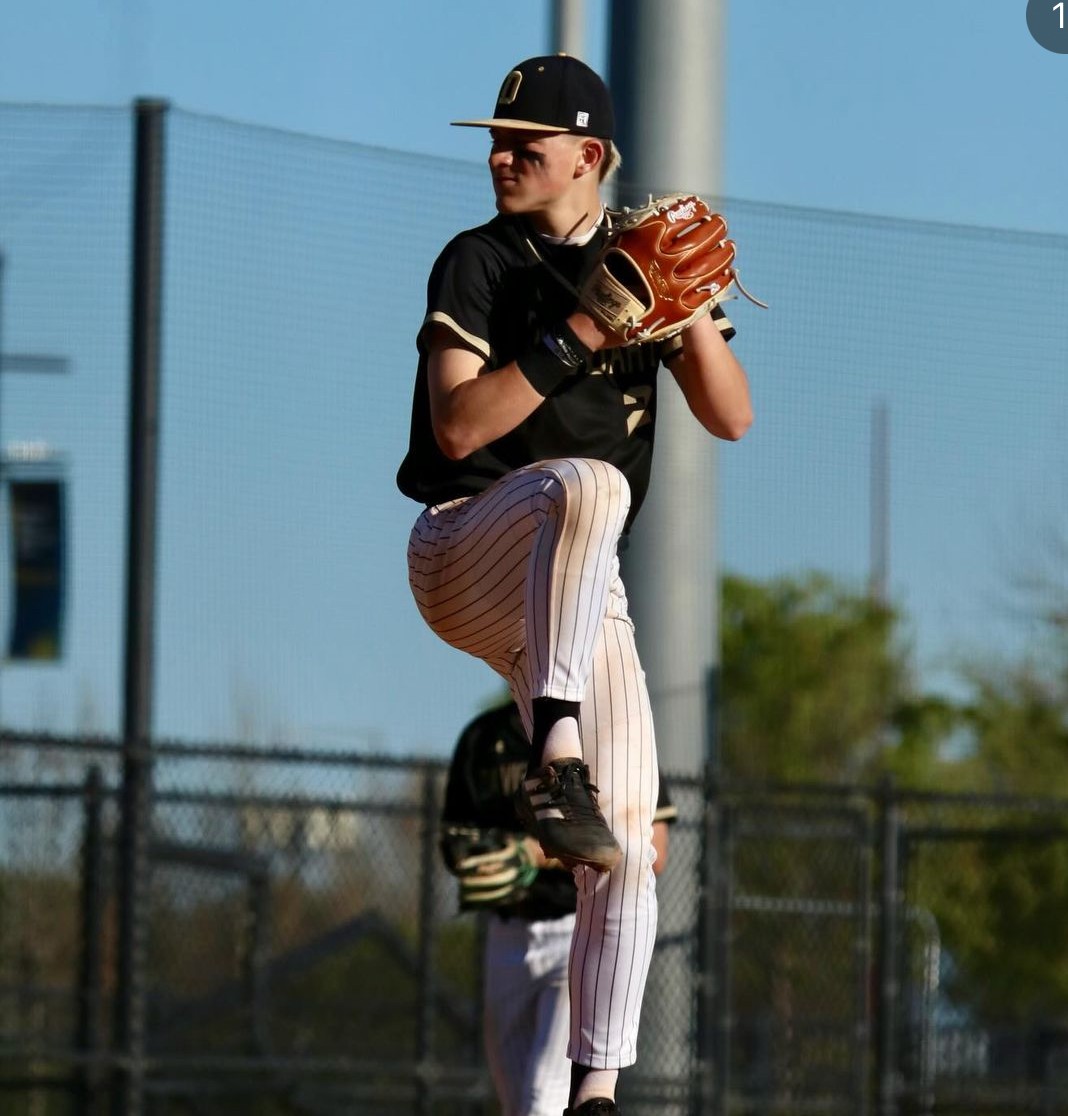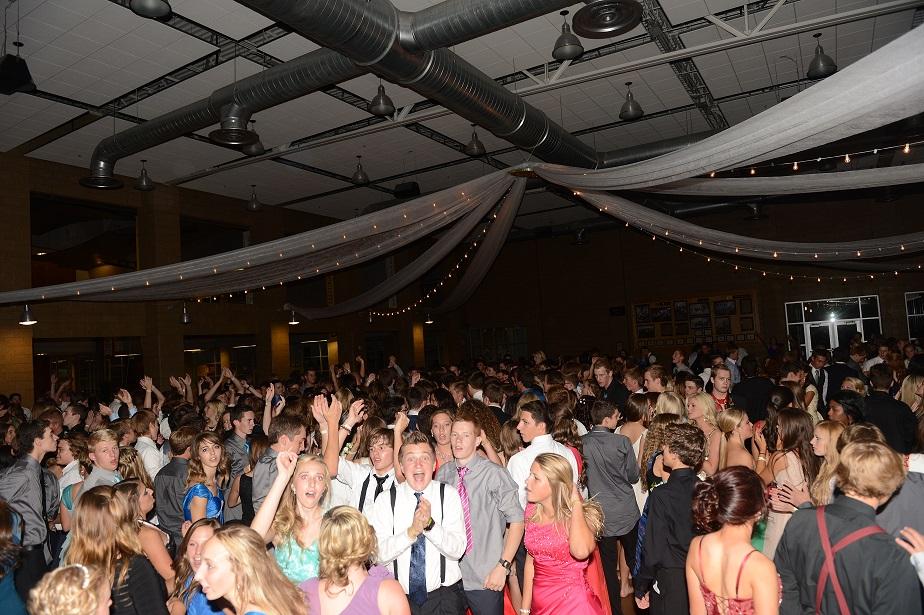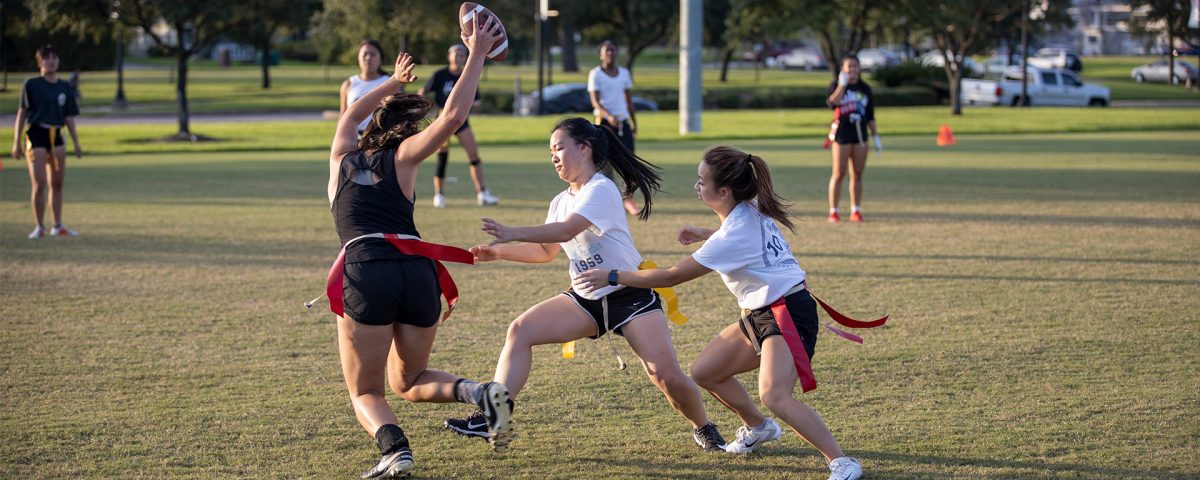Flirting is a playful and often subtle way people show romantic interest in someone. It’s an age-old form of human interaction, full of unspoken cues, body language, and using certain language. While everyone flirts a little differently based on personality and context, there are some common patterns in how boys and girls tend to flirt. Understanding these. differences can help show the attraction and improve communication between people.
At its core, flirting is a form of communication. It can be verbal or nonverbal, direct or indirect, and it’s usually meant to signal attraction, interest, or affection. Some people flirt to express interest, while others do it for fun, attention, or even as a way of boosting their self-confidence.
Flirting isn’t always about pursuing a romantic relationship, sometimes it’s just a fun and harmless way to interact with others. However, whether the intent is casual or serious, the methods people use can differ based on gender roles, personality traits, and social conditioning.
Every girl has her own unique style of flirting, but there are common techniques they tend to use. To express interest, they often rely on body language and subtle nonverbal cues. For example, they might play with their hair, establish eye contact before shyly looking away, tilt their heads while listening, or gently touch the person they’re interested in. Mirroring body language is also prevalent, a subconscious act that’s easily overlooked. Smiling serves as a universal indicator of friendliness and approachability, and girls flirting typically smile more and laugh at jokes, regardless of their humor. This behavior signals their interest while creating a warm, inviting atmosphere. Additionally, light teasing, sarcastic remarks, and playful banter are frequent flirting tactics, helping to build a fun, flirty tension between two individuals. Many girls use teasing as a way to grow closer to someone. They may also express interest by asking personal questions or offering compliments on looks, intelligence, or sense of humor. Engaging in conversations about shared interests is crucial, as they aim to keep the dialogue enjoyable for the other person.
Boys typically flirt in a bold and direct manner, often more so than girls. They frequently try to reduce the physical distance with someone they’re attracted to, leaning in during conversations, seeking chances to stay close, or casually touching an arm or shoulder while talking. Many boys are tactile and engage in overt behaviors. They often display confidence, using jokes, storytelling, or trying to impress as part of their flirting. Even if they feel nervous, they might attempt to project confidence to draw attention, choosing to hide their insecurities. Like girls, boys give compliments when flirting, often recognizing someone’s looks, style, or laugh in a more forthright way, expressing their admiration by mentioning what they find appealing. Boys also use humor and teasing in their flirting methods, playfully poking fun to induce laughter while subtly hinting at their interest, sometimes intensifying their approach. Gender roles in flirting are becoming different, modern dating shows girls adopting a more direct style, while boys may lean towards a subtler approach. Personality plays a significant role as well—some individuals are naturally more outgoing while others prefer a quieter, more reserved flirting style. Increasingly, boys are adopting a nonchalant attitude, refraining from showing their emotions to protect themselves from potential hurt.
The key to flirting is interpreting the other person’s signals while remaining respectful. At times, the interest may not be mutual, and the other person may not wish to engage in that manner.
Ultimately, flirting revolves around connection, whether that comes from a humorous joke, a smile, or an engaging conversation. This connection can happen quickly or take time to build, but once you understand it, mastering the art becomes effortless.



























